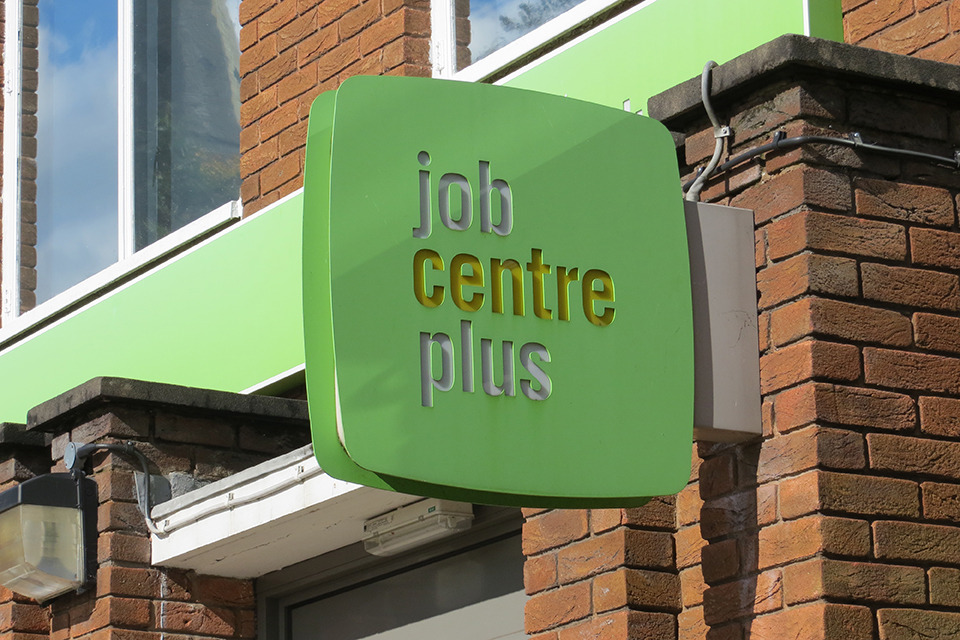The Public Accounts Committee finds a lack of information and collaboration could have seen many ‘slip through the net’
Credit: Keng Susumpow/CC BY 2.0
Up to 800,000 people may have missed out on support from the government’s coronavirus shielding programme due to poor data and a lack of coordination across government departments, a damning review of the programme has found.
The Public Accounts Committee said that the programme, which was designed to protect the most clinically-vulnerable people by providing advice and practical support enabling them to isolate and reduce the risk of them catching Covid-19, “suffered from the problems of poor data and a lack of joined up systems that we see all too often in government programmes”.
The report draws a parallel between the government’s handling of the programme and its failure to draw up an economic plan for a pandemic.
By May 2020, some 2.2 million people had been advised not to leave their homes under the shielding programme, which made them eligible for deliveries of food and medicine.
But the report has identified several flaws in the system that meant the government did not reach people who should have been eligible for support quickly enough, or at all.
Related content
- Extra 800,000 people to be prioritised for vaccine after use of ‘predictive risk’ technology
- Government urged to bring in emergency legislation to combat vaccine disinformation
- Government opens non-digital routes for home Covid tests
Before coronavirus appeared, the government had no plan in place to shield clinically vulnerable people during a pandemic, the MPs said, and took “too long” to identify some of the people most at risk.
But limited access to medical records made it harder to identify those with relevant health conditions, according to the report, which urges the Department of Health and Social Care and NHS Digital to set out a “detailed plan” to improve access to and join up NHS data systems.
Meanwhile, DHSC’s initial criteria for the shielding programme – those with medical conditions making them more likely to become seriously ill or die from Covid-19 – excluded some groups of people sorely in need of support.
The over-70s and blind and partially-sighted people were not advised to shield, and were therefore not eligible for support through the programme such as food packages. This meant some “struggled to access food”, the report found.
The criteria have been updated during the pandemic, and in February this year an additional 1.7 million people were advised to shield.
The report also found regional inconsistencies in the way GPs judged who was clinically extremely vulnerable and should be advised to shield.
Around 800,000 people identified as being in need of support may have “slipped through the net and missed out on much-needed support” because the government could not contact them, it found.
Around half of those people were unreachable because of missing or incorrect telephone numbers in NHS records.
And the MPs warned that data is still poor, with the Ministry of Housing, Communities and Local Government still not able to tell whether local authorities have been able to reach these 800,000 people.
They said the programme has improved as it has gone on.
“Clearly government has learned lessons which have fed into more recent iterations of shielding and we welcome the greater role that local authorities now play in supporting people without central direction,” the report said. “MHCLG is now confident that local authorities can support people in their area, having been initially unsighted as to whether local authorities had enough capacity.”
But it said MHCLG and DHSC must ensure they learn lessons from this scheme and put better systems in place to identify and contact vulnerable people in future.
For example, DHSC and NHS Digital must provide the committee with an explanation for why the “postcode lottery” of GP referrals to the shielding programme within six months and “identify lessons for how to support a consistent clinical approach in future”, the MPs said.
In particular, data sharing must be improved. It said MHCLG must “urgently” confirm that it has identified the support needs of all vulnerable people, while DHSC and NHS Digital should ensure that different NHS bodies can securely source up-to-date, reliable and complete patient records, including contact details.
A government spokesperson said: ‘These report findings are disappointing and misjudged. During this globally unprecedented emergency, we worked across multiple government departments to build and deliver an urgent national scheme in record time, identifying 1.8 million clinically extremely vulnerable people and providing them with vital food and medicine to help them shield effectively.
They added: “We made significant efforts to contact people by letter, text and telephone and worked closely with councils to ensure we reached them. Many people chose not to take up the offer of government support as they felt they didn’t need it. The initial shielding guidance was agreed by the four UK Chief Medical Officers on the basis of the latest available evidence. Since then we have learned more about the virus and adapted our approach, which has enabled us to protect those most vulnerable by providing them with shielding guidance and prioritising them for vaccination.”



